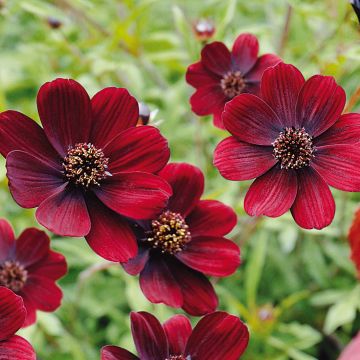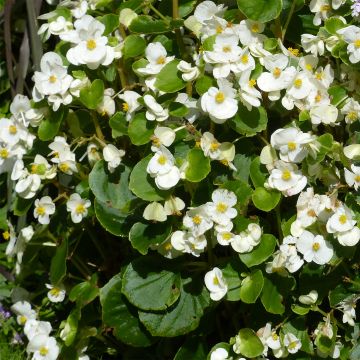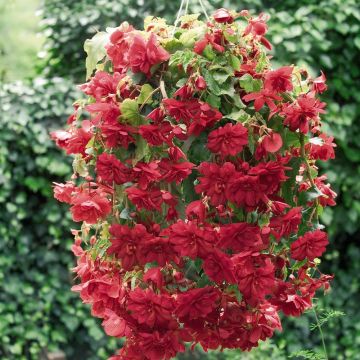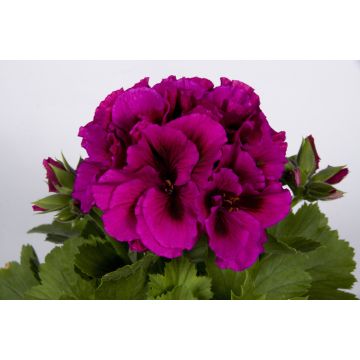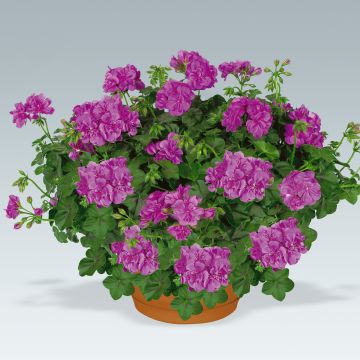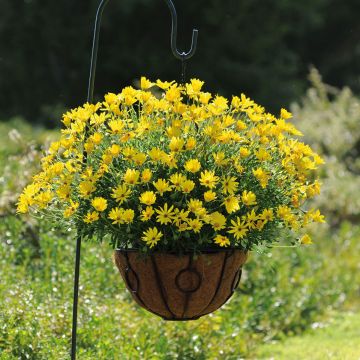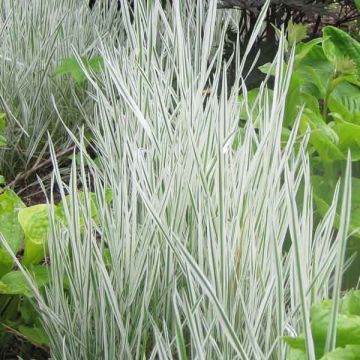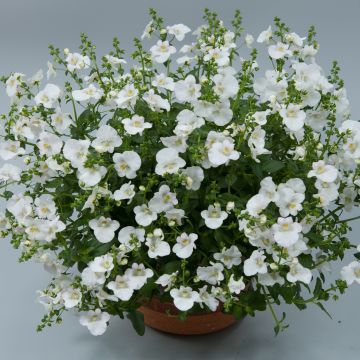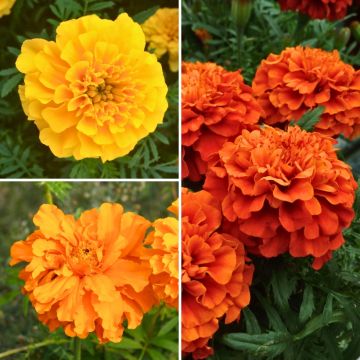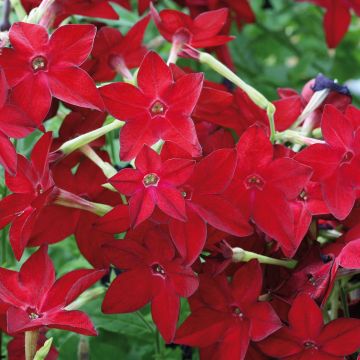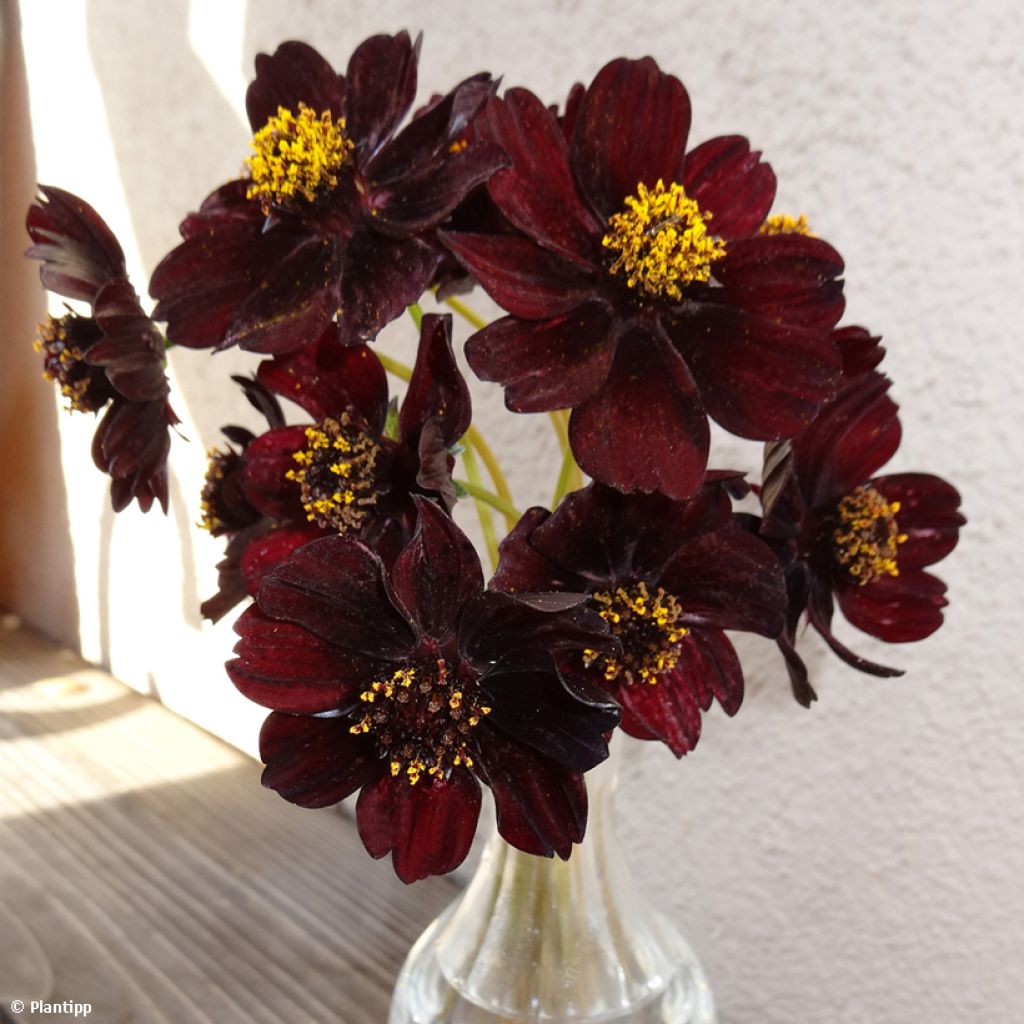

Cosmos atrosanguineus Eclipse - Cosmos chocolat
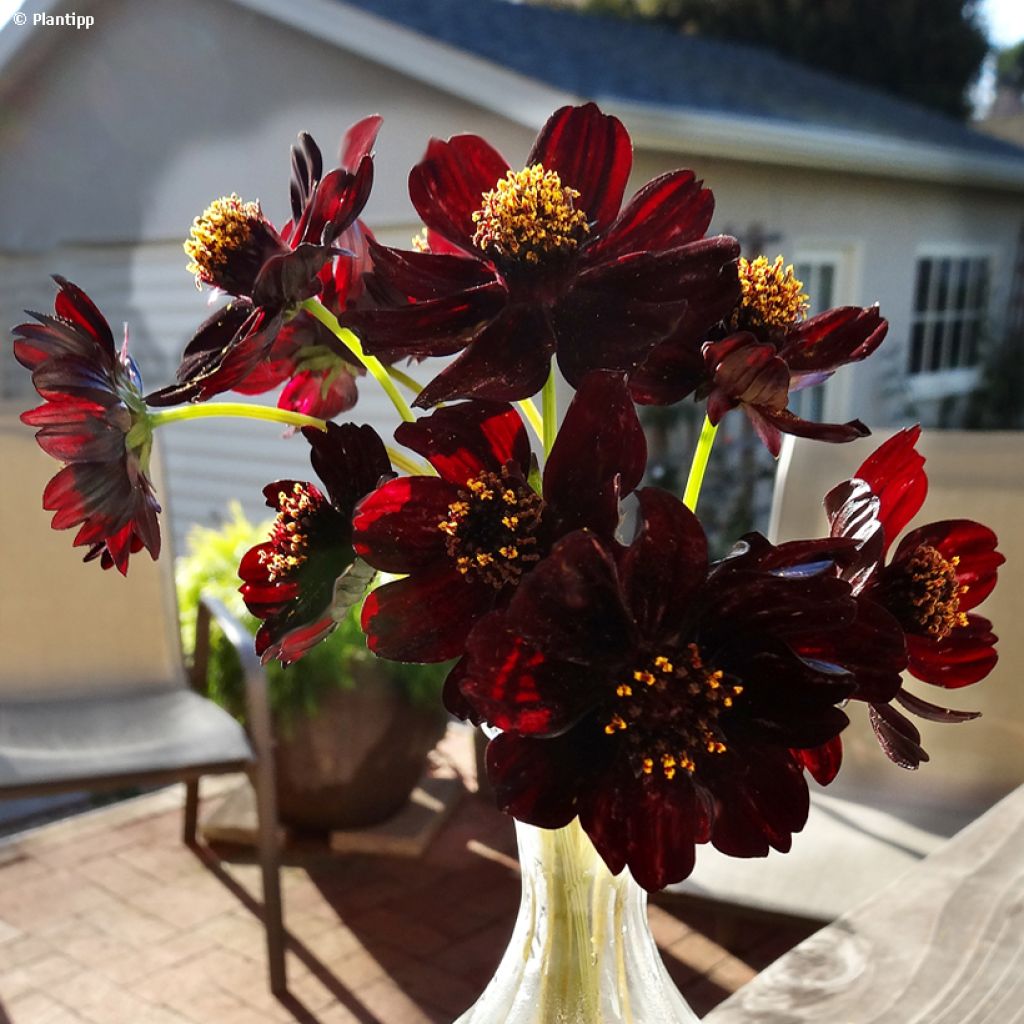

Cosmos atrosanguineus Eclipse - Cosmos chocolat
Cosmos atrosanguineus Eclipse - Chocolate Cosmos
Cosmos atrosanguineus Eclipse ('Hamcoec'PBR)
Chocolate Cosmos
This plant carries a 6 months recovery warranty
More information
We guarantee the quality of our plants for a full growing cycle, and will replace at our expense any plant that fails to recover under normal climatic and planting conditions.
From €7.90 for pickup delivery and €6.90 for home delivery
Express home delivery from €8.90.
Does this plant fit my garden?
Set up your Plantfit profile →
Description
This Cosmos atrosanguineus 'Eclipse' is a variety of chocolate cosmos that is even more decorative due to its large flowers. Woven with silk and velvet of a very dark red with black reflections, its corollas emit delightful effluvia of vanilla chocolate in warm weather. Compact and bushy, with deeply lobed medium green foliage, it is a cosmos from elsewhere. Blooming for several months, it excels in flower pots or at the front of borders. Often considered an annual, it is actually a tender perennial, but heat tolerant. It can be grown like a Dahlia. It will thrive in light, humus-rich, moist to occasionally dry soils, in full sun or partial shade.
The Cosmos atrosanguineus is a plant native to Mexico belonging to the Asteraceae family. It resembles a Dahlia more than a cosmos. The 'Eclipse' variety is a recent horticultural selection that comes from New Zealand. It develops from a fleshy tuber sensitive to frost and quickly forms, from spring onwards, a clump measuring 45 cm (18in) in all directions. The low foliage is composed of deeply lobed leaves with a slightly glaucous green colour. The robust flower stems appear from July to October, provided that faded flowers are regularly removed. Each stem bears a 5 cm (2in) wide head of flowers. Each head is formed by wide ligulate florets arranged around a core of tubular florets with golden stamens. These heads are highly fragrant, especially in warm weather. This variety produces few, if any, viable seeds, and is therefore mainly propagated by division of tubers.
Cosmos atrosanguineus 'Eclipse' is sublime when paired with gray and silver foliage. In borders or flower pots, it will wonderfully accompany artemisias, bear's ears, or silver ragwort. The warm tone of its flowers enhances the pastel colors of annual poppies or the azure of the globe thistle. It stands out against the acid green foliage of bipinnate cosmos or Alchemilla mollis.
Cosmos atrosanguineus Eclipse - Chocolate Cosmos in pictures
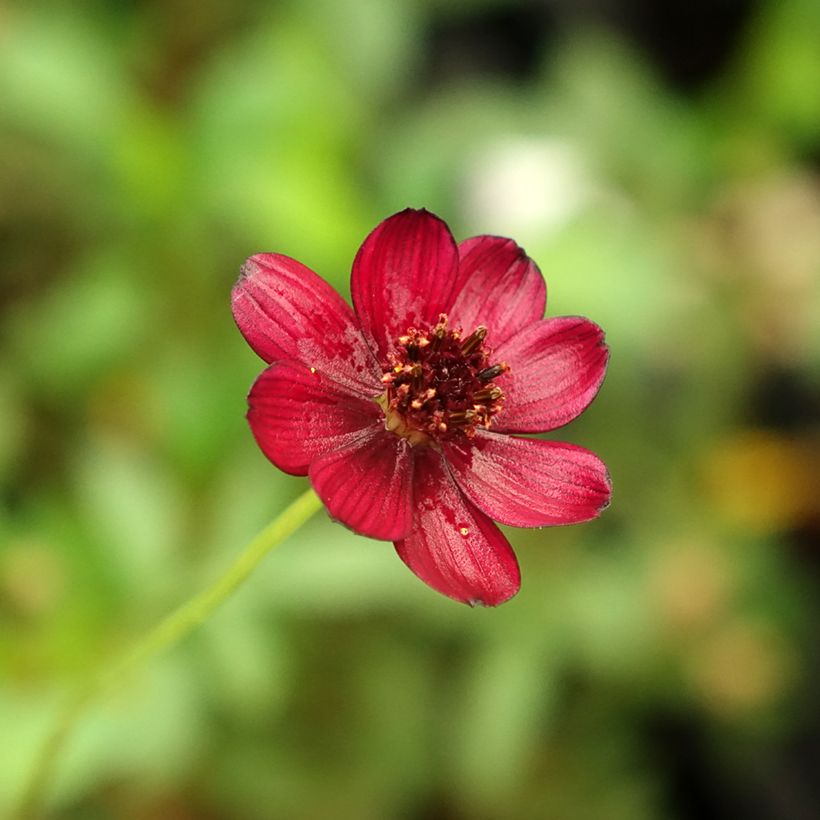

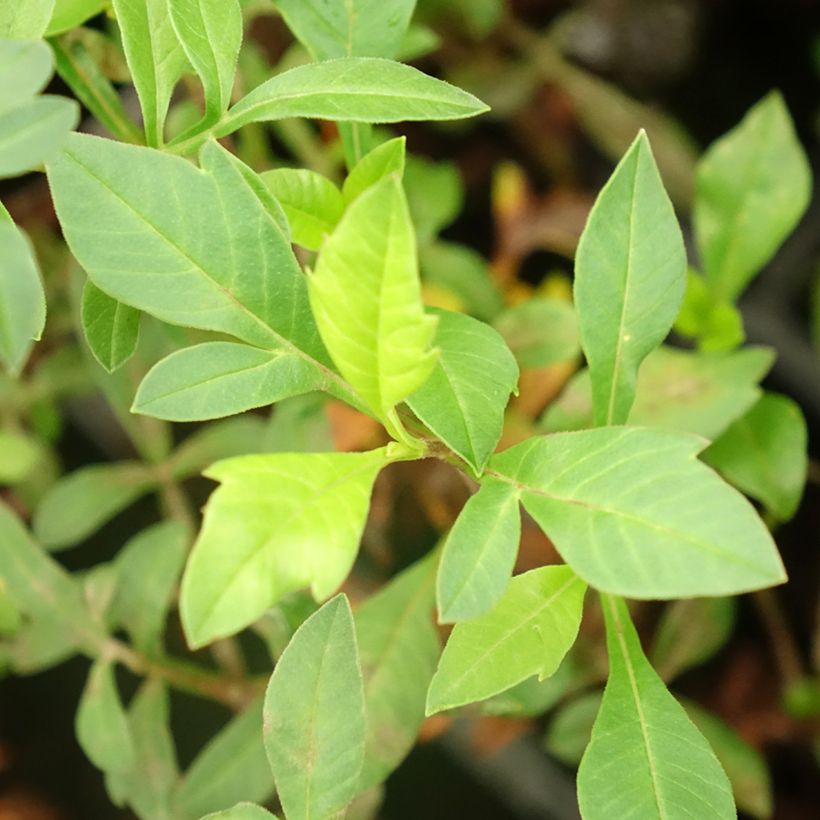

Flowering
Foliage
Plant habit
Botanical data
Cosmos
atrosanguineus
Eclipse ('Hamcoec'PBR)
Asteraceae
Chocolate Cosmos
Cultivar or hybrid
Other Cosmos
Planting and care
Plant Cosmos atrosanguineus 'Eclipse' in spring, once the frosts have passed, in a light, humus-rich and well-drained soil. It prefers sunny situations, which will reveal the intensity of its fragrance, but tolerates partial shade. It can be grown like a Dahlia, by lifting the tubers before the frosts and storing them in a cool place. It also performs very well in pots. This cultivation method allows you to store the pots during the winter in a cool and bright place. Under these conditions, it will flower for a good part of the year. Regularly remove faded flowers to encourage the renewal of flowering.
Planting period
Intended location
Care
-
, onOrder confirmed
Reply from on Promesse de fleurs
Plug plants - Annuals
Haven't found what you were looking for?
Hardiness is the lowest winter temperature a plant can endure without suffering serious damage or even dying. However, hardiness is affected by location (a sheltered area, such as a patio), protection (winter cover) and soil type (hardiness is improved by well-drained soil).

Photo Sharing Terms & Conditions
In order to encourage gardeners to interact and share their experiences, Promesse de fleurs offers various media enabling content to be uploaded onto its Site - in particular via the ‘Photo sharing’ module.
The User agrees to refrain from:
- Posting any content that is illegal, prejudicial, insulting, racist, inciteful to hatred, revisionist, contrary to public decency, that infringes on privacy or on the privacy rights of third parties, in particular the publicity rights of persons and goods, intellectual property rights, or the right to privacy.
- Submitting content on behalf of a third party;
- Impersonate the identity of a third party and/or publish any personal information about a third party;
In general, the User undertakes to refrain from any unethical behaviour.
All Content (in particular text, comments, files, images, photos, videos, creative works, etc.), which may be subject to property or intellectual property rights, image or other private rights, shall remain the property of the User, subject to the limited rights granted by the terms of the licence granted by Promesse de fleurs as stated below. Users are at liberty to publish or not to publish such Content on the Site, notably via the ‘Photo Sharing’ facility, and accept that this Content shall be made public and freely accessible, notably on the Internet.
Users further acknowledge, undertake to have ,and guarantee that they hold all necessary rights and permissions to publish such material on the Site, in particular with regard to the legislation in force pertaining to any privacy, property, intellectual property, image, or contractual rights, or rights of any other nature. By publishing such Content on the Site, Users acknowledge accepting full liability as publishers of the Content within the meaning of the law, and grant Promesse de fleurs, free of charge, an inclusive, worldwide licence for the said Content for the entire duration of its publication, including all reproduction, representation, up/downloading, displaying, performing, transmission, and storage rights.
Users also grant permission for their name to be linked to the Content and accept that this link may not always be made available.
By engaging in posting material, Users consent to their Content becoming automatically accessible on the Internet, in particular on other sites and/or blogs and/or web pages of the Promesse de fleurs site, including in particular social pages and the Promesse de fleurs catalogue.
Users may secure the removal of entrusted content free of charge by issuing a simple request via our contact form.

































